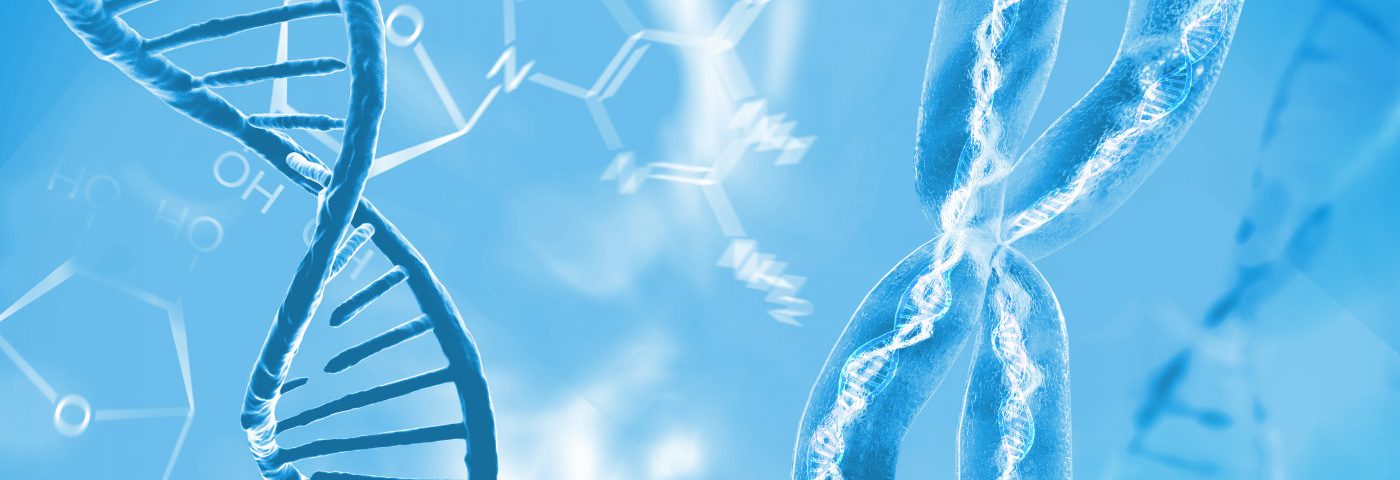Spontaneous mutations affecting a critical protein produced in nerve and muscle cells, called EEF1A2, were found to be the underlying cause of Lennox-Gastaut syndrome (LGS) in two boys in China, a study reports.
Its authors recommended EEF1A2 mutations be evaluated in LGS clinical practice.
The study, “EEF1A2 mutations in epileptic encephalopathy/intellectual disability: Understanding the potential mechanism of phenotypic variation,” was published in the journal Epilepsy & Behavior.
A protein called eukaryotic translation elongation factor 1 alpha 2 (EEF1A2) plays a key role in one of the most fundamental processes in biology — protein synthesis.
EEF1A2 is mainly produced in nerve and muscle cells, and mutations (variants) in this protein have been linked to extensive neurological deficits, including epilepsy, muscle weakness, developmental delays, and severe intellectual disability.
A team of investigators based at Central South University in China found two different mutations in EEF1A2 as the underlying cause of LGS in two male patients from separate families.
The first boy, 3-years-old, was the second child of healthy Chinese parents, born by cesarean section at 38 weeks with no pregnancy or delivery complications.
When he was nearly 2.5 months old, he started to drop his head, which increased in frequency over time. By age 2, he developed a variety of seizure types, and electroencephalogram (EEG) readings showed slow spike-wave patterns characteristic of LGS.
“Motor milestones, such as grasping objects, sitting or walking, were not yet achieved until 2 years old, and the ability of speech was absent,” the researchers noted.
Based on these criteria, he was diagnosed with LGS. Treatment with Depakene (valproic acid) together with topiramate (brand names include Qudexy XR Sprinkle, Topamax, and Trokendi XR) had little effect on his seizures.
DNA analysis revealed a novel, spontaneously occurring (de novo), single-point mutation in the EEF1A2 gene, leading to a dysfunctional EEF1A2 protein. The mutation, which was absent in genome databases of Chinese origin, occurred in a portion of the protein that is critical for it to work properly. The mutation was therefore deemed “pathogenic,” and determined to be the cause of his epilepsy and intellectual disability.
The second boy, an 8-year-old, was the second child born into a family without a history of seizures. He was delivered by cesarean section with no complications.
He began having seizures at 4 months, and by 3.5-years-old he developed different types of seizures with head movements and stiffness of arms and legs around 10 times a day. Treatment with Depakene together with topiramate showed little relief.
He was developmentally delayed, and could not walk or speak. While brain magnetic resonance imaging (MRI) scans were normal, an EEG performed when he was 8 showed spike-wave bursts, and he was diagnosed with LGS.
DNA analysis found a different single, spontaneous mutation in the EEF1A2 gene. This mutation has been reported in at least five other patients with epilepsy. Again, the resulting EEF1A2 mutation occurred in a critical region of the protein, and was also categorized as pathogenic and the underlying cause of LGS in this boy.
Investigators then conducted an analysis of all EEF1A2 mutations reported to date, and found that all of them were associated with epilepsy and intellectual disability. Mutations occurring in the most important regions of the protein were linked to early onset severe epilepsy.
“In conclusion, we identified a novel and a recurrent de novo mutation in EEF1A2 that were a causative factor for LGS in two respective families, confirming its pathogenic role in epileptic encephalopathy and intellectual disability,” the researchers wrote.
The team noted that further investigations with more patients will be necessary to understand the disease-causing mechanism, and the relationship between genes, mutations and disease manifestations of EEF1A2-related neurodevelopmental disorders.

